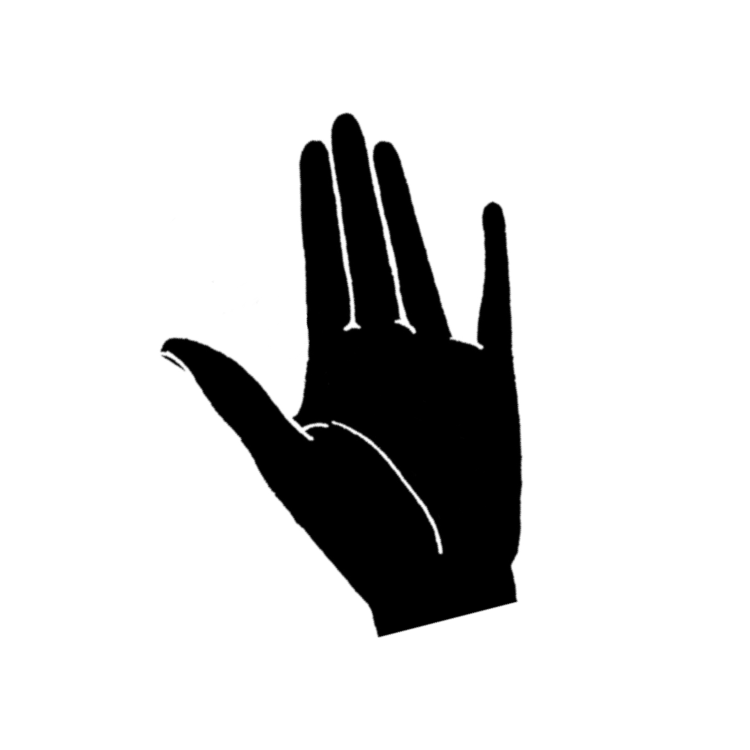Brandon Valdivia is a prolific Toronto producer and percussionist, often seen on stage performing with Lido Pimienta, or in the liner notes for records by U.S. Girls, Sook-Yin Lee, Sandro Perri, to name a few. His own compositions, released as Mas Aya, are anchored by Valdivia's deft and atmospheric production style that folds together intricate spiraling synths, balmy environments, and crisp drum programming, variously drawing from trap, footwork, early Warp-label gestures, and the digital end of dancehall reggae. Yet it's his love of organic instrumentation that truly cements his commitment to an eclectic, unclassifiable aesthetic.
In 2013, Mas Aya performed at Debaser’s first event – a small DIY affair with fellow Toronto electroacoustic dancefloor purveyors DOOMSQUAD and Petra Glynt and local producer Ben Globerman (fka Cabaal) in the dungeony innards of Mugshots, the venue-bar that used to be operated in the Ottawa Jail Hostel at 75 Nicholas. Since then, he has returned to Ottawa to perform at varoius Debaser-presented shows over the years with Lido Pimienta and Not the Wind Not the Flag. We are excited to have Mas Aya back in Debaser’s 10th anniversary year for a performance at the Arts Court, next door to that first show venue at 67 Nicholas, for Pique spring edition.
We sat down with Valdivia to catch up on his performance practice, and what he has been influenced by these days, ahead of his performance on March 11 at Pique.
—
Debaser: What can audience members expect from your performance at Pique?
Brandon Valdivia: It's kind of a mix. People who know the record [MÁSCARAS] will recognize the record in the live show, but there will definitely be some other elements in there. Like where I'm adding drum kit, or more like multi percussion I’m going to say, and some synths and different things like that over [pre-recorded samples]. So, I mean, it's just one person. Sometimes I play with other people, but these days, with this material, one person has been enough.
I also like to create tracks in between. I like to improvise or come up with these soundscapes or field recordings or things that are interludes, that are compositions in and of themselves, maybe abstract beats or even just solo percussion or some sort of drone. I use that material and then go off of it as well. And [my live show] expresses what I'm interested in now, because obviously the record was from you know, I mean, it came out a year and a half ago, but that material was from over two or three years ago. So you know, I'm in a totally different place now.
D: What are you into now?
BV: My vocabulary so far as production and recording goes is way more advanced now. I see MÁSCARAS as being very novice, as far as the actual sounds. I see it as like a kid as far as my journey with electronic music and with production and making beats goes. Over the past three or four years I've been studying a lot, and listening a lot and really changing what I'm trying to do and what I'm interested in. I think everything's deeper now. You know, everything's deeper and more intertwined. It's more internal. It's more natural. So all of my musical practices are now kind of like crystallized into this type of music.
D: What are you listening to that is shaping this journey that you are describing?
BV: A lot of stuff a lot, a lot of stuff. You know, influences are not necessarily very specific, but some of it is very specific. So for example, like Mad Lib, J Dilla, African sciences, Ross G, a lot of the Los Angeles beatmakers working with experimental music and jazz. A lot of Leaving Records artists.
I would say also just electronic music in general. Like Aphex Twin and Autechre. Even Bjork. Her drum production is incredible. And then you can mix that in with like, listening to a lot of Morton Feldman. That music was something that I was definitely into when I was studying music and in school, and I've gone back to that pretty heavily. So somehow, I'm trying to mix J Dilla and Mad Lib with Feldman.
D: You mentioned something about crystalizing your different musical practices, and we know that you've collaborated with dozens if not hundreds of musicians, including Lido Pimienta, U.S. Girls, Sandro Perri, Colin Fisher, and many others. Does all of that collaborating and working with various musicians in various styles influence your work as Mas Aya?
BV: Absolutely. I feel like I’ve been maturing in my artistic practice. What I mean by that is, I am not a kid just trying to figure things out anymore. So every kind of collaboration I've done over the past 20 years has made its way into this for sure. Whether that's like specific musical ideas, practices, techniques, maybe a specific instrument I'm using, how the band that I'm working with make their music, what they're influenced by and what they're inspired by. All that kind of stuff. Absolutely.
I'm legitimately just truly interested in and inspired by music all over the place, you know, from reggae drumming to trance music, to the Gaita music from Colombia that I'm listening to right now. I’m also listening to a lot of Congolese and West African music. We just got back from Colombia, so I've been listening to a lot of Champeta and Gaita music. We spent the weekend out in Barranquilla and I just learned so much about this type of music that I had never spent all this time with. Yeah, all of it. Absolutely. All of it.
Tickets to Pique spring edition get you access to this and all of the other presentations happening on March 11. Purchase one here.
(Interview has been edited for clarity)


